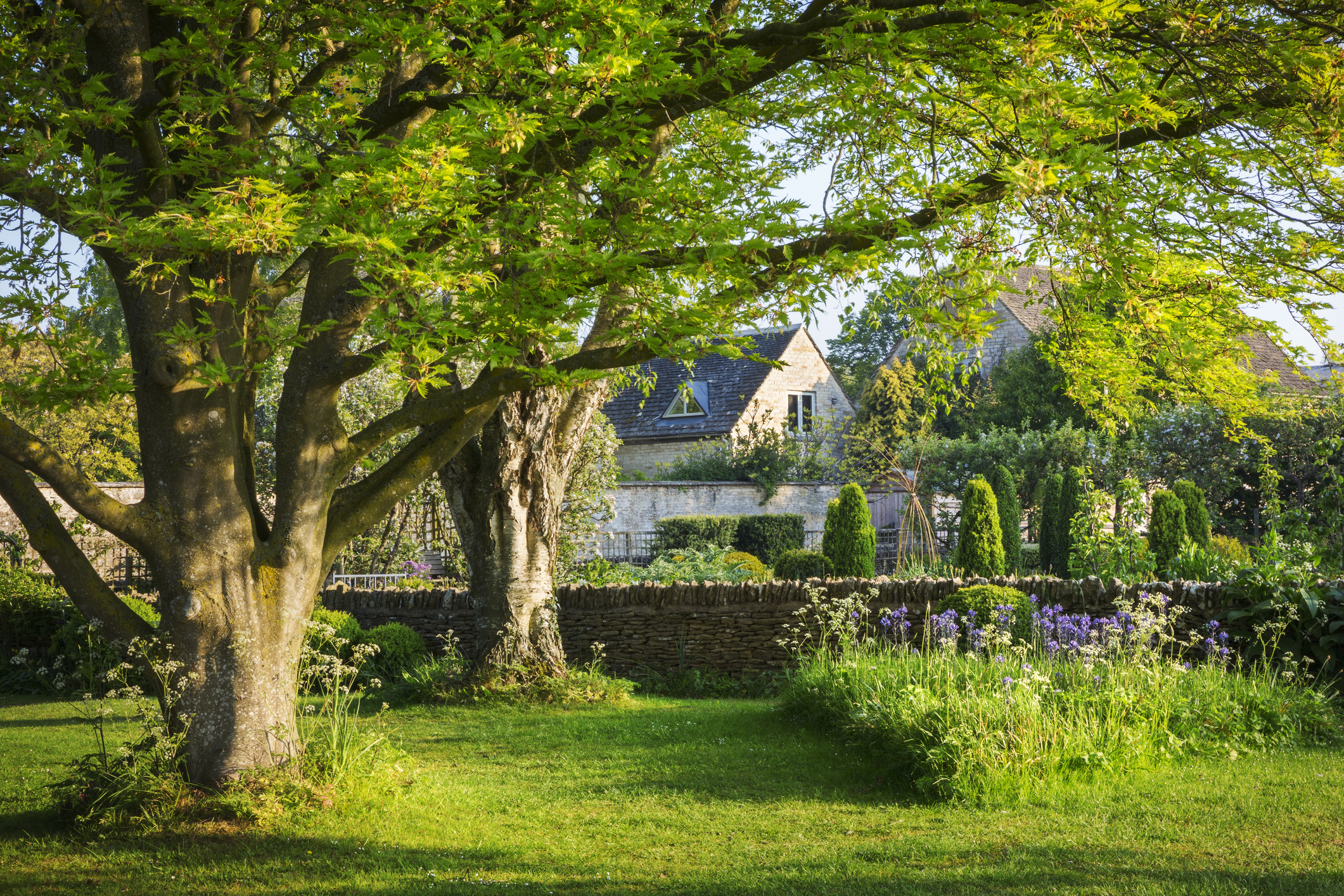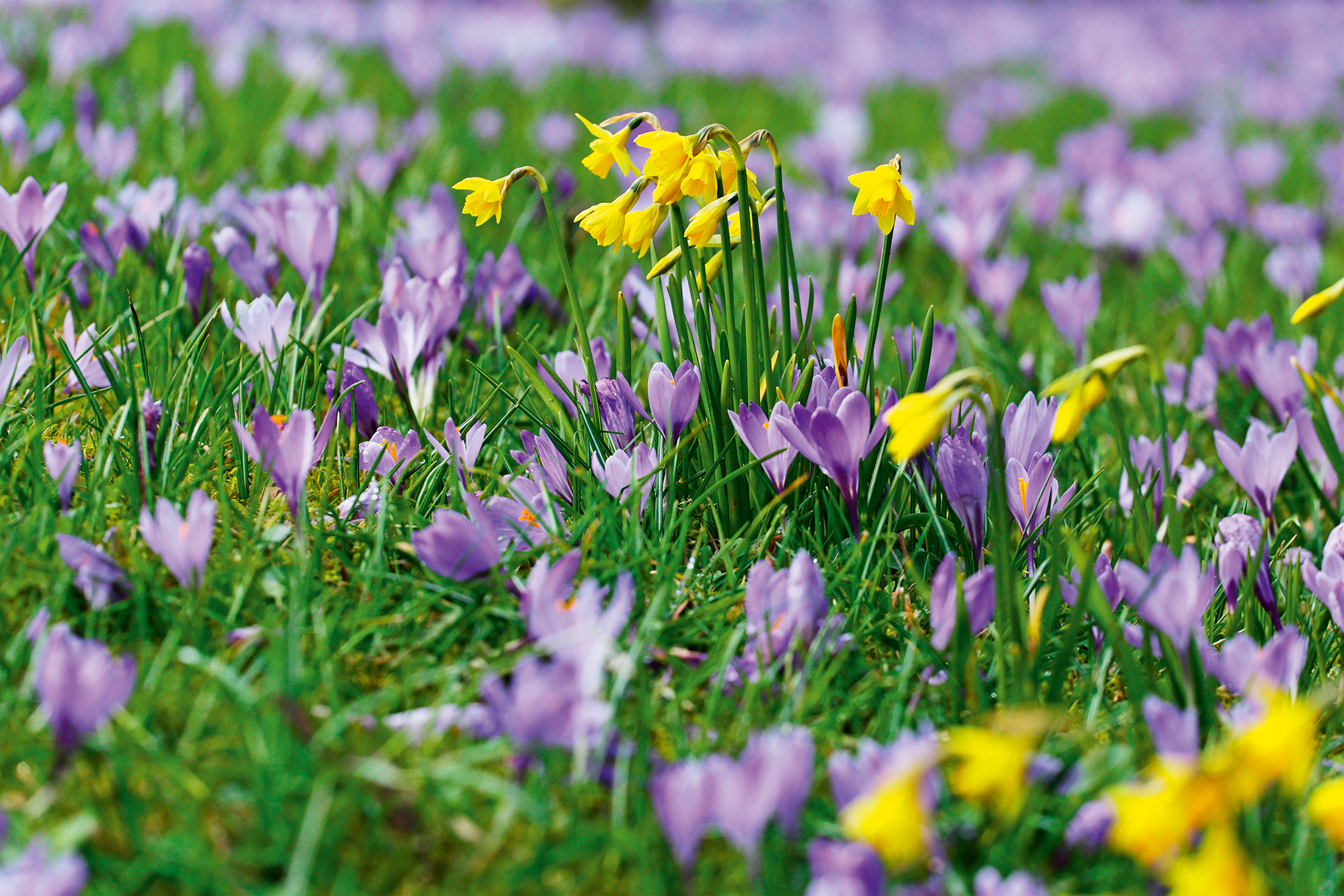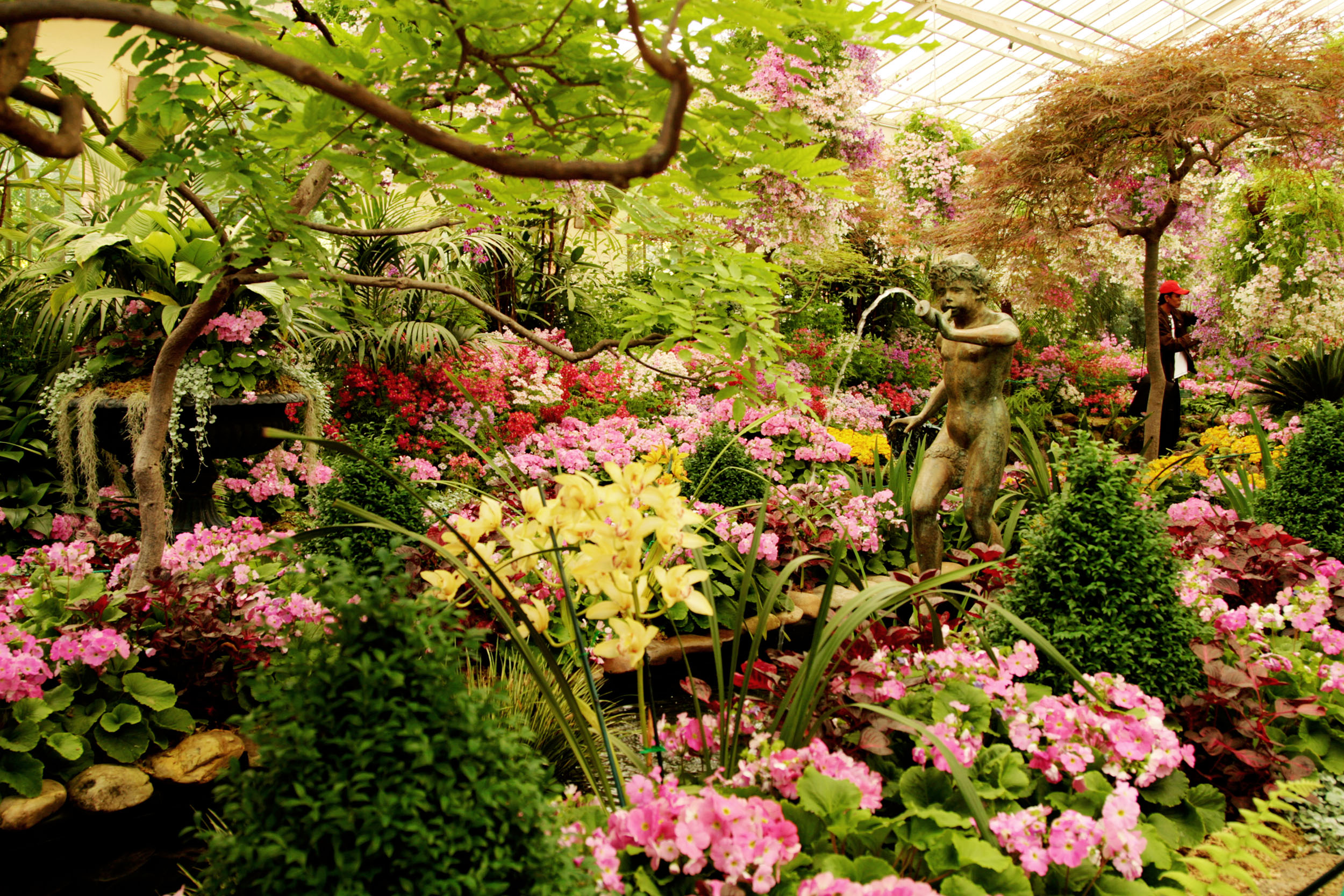Alan Titchmarsh: Spring's hoary old clichés might be trite — but they're all true
The phrase 'Spring is a new beginning’ may be a touch trite for today’s tastes, says Alan Titchmarsh, but it is 'a phrase that invades my mind each and every March'.


It’s easy to see why the term ‘spring fever’ came into being. Those fine, clear days in the first half of February when the sun shone and warmed our backs, reminding us of the inexorable change in the seasons. The timing may vary, but the certainty is heartening. The lengthening days give us cause for optimism. Our shoulders come down after a winter of hunching, our spirits rise and we are assailed by an overwhelming feeling of optimism — things are changing for the better. We know that to assume we are over the worst of the weather is folly: cold snaps often follow mild spells; lowering skies and brimful clouds will appear to dampen our spirits and our tweed, but change is afoot.
A holiday in late January took me to Barbados, where bougainvillea and hibiscus, oleander and gardenia flower all year round. My bones were warmed by the tropical sun and the crystal-clear air and vibrant light intensity were a refreshing pick-me-up after a bitterly cold spell of weather at home. But, after 10 days, I was ready to return and await the arrival of spring.
Surely one of the greatest benefits of living in a cool, temperate climate is the changing of the seasons. ‘Spring is a new beginning,’ wrote the American poet Joan Walsh Anglund and, although the sentiment may be a touch trite for today’s tastes, it is a phrase that invades my mind each and every March. March 1 is regarded as the start of meteorological spring, March 20 is the spring or vernal equinox, when days and nights are of equal length, but it is March 21 that most gardeners and countrymen regard as the beginning of the new season.
I remarked to a gardening friend on St Valentine’s Day that spring seemed to be a little later this year. ‘No,’ he said. ‘It’s on time.’ It was a comment impossible to refute, for the snowdrops were blooming, the first ‘Tommy’ crocuses had turned from amethyst spears to purple stars and the air was rich with the fragrance of sarcococca, witch hazel and winter-flowering honeysuckle. The dormant buds on the trailing golden wands of the weeping willow were showing their lime-green livery. I’d rather they had waited until this month before venturing out, but Nature takes its course and spring is ‘on time’, whatever the calendar may say.

Where spring-flowering bulbs are concerned, the pleasure of their appearance is inevitably coupled with the reproachful thought of ‘why did I not plant more?’. Mental notes are made of areas where, come the autumn, I should really put in more crocuses and narcissi — carefully avoiding those heavy-headed ‘cooking daffs’ that bow down to the ground in the first shower of rain, allowing slugs and snails to climb on board and turn them to lace.
Tufts of camassia foliage — bright emerald cockades — studded the meadow in early February and the croziers of snake’s-head fritillaries followed, pushing up as if they were too embarrassed to make a fuss. In spring, suggested Tennyson, ‘A young man’s fancy lightly turns to thoughts of love’ and a gardener’s thoughts to when the moment will be right to sow lettuces and broad beans and plant onion sets and potatoes. Why is it that this seasonal round, which I have experienced as a man of the soil for more than 60 years, can still hold me in its thrall? Why, when the roach in our wildlife pond start to nose up to the surface from their winter torpor among the silted depths do I feel a childish kind of excitement?
Perhaps it is because, in an increasingly turbulent and unpredictable world, these natural phenomena are a reminder of the bigger picture: of the power of Nature to triumph over our own misfortunes and misdemeanours.
Exquisite houses, the beauty of Nature, and how to get the most from your life, straight to your inbox.
In a garden we have a chance to reconnect with Nature, to help her along and to marvel at her capacity for recovery — especially in spring when the earth wakes up.
Soon, the ground will be ready for my sweet peas, the dahlia tubers will be once more committed to the earth, the towering shoots of the delphiniums will need staking, the lily pads will expand to cover half the wildlife pond and the spring blossom will burst forth with all the enthusiasm of a teenage lover. Oh, I do love spring.
Alan Titchmarsh’s new book The Gardener’s Almanac is out now

Credit: Jacky Parker / Getty
Alan Titchmarsh: 'Only God’s earth — in the garden and the countryside — is capable of coming up with the goods with reliability equal to that of St Nicholas'
Alan Titchmarsh's Christmas column looks at all the plants of the festive season.

Credit: Moment Editorial/Getty
Alan Titchmarsh: Why I've decided that life's too short to keep growing the same old things in my greenhouse
Alan Titchmarsh's greenhouse has become a bit predictable – but he's now got big plans to mix things up.
Alan Titchmarsh is a gardener, writer, novelist and broadcaster.
